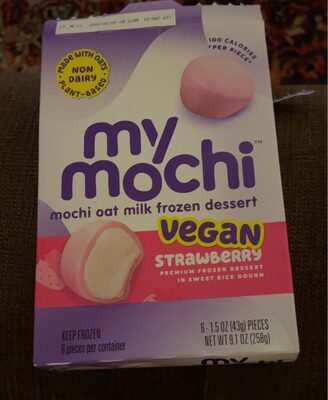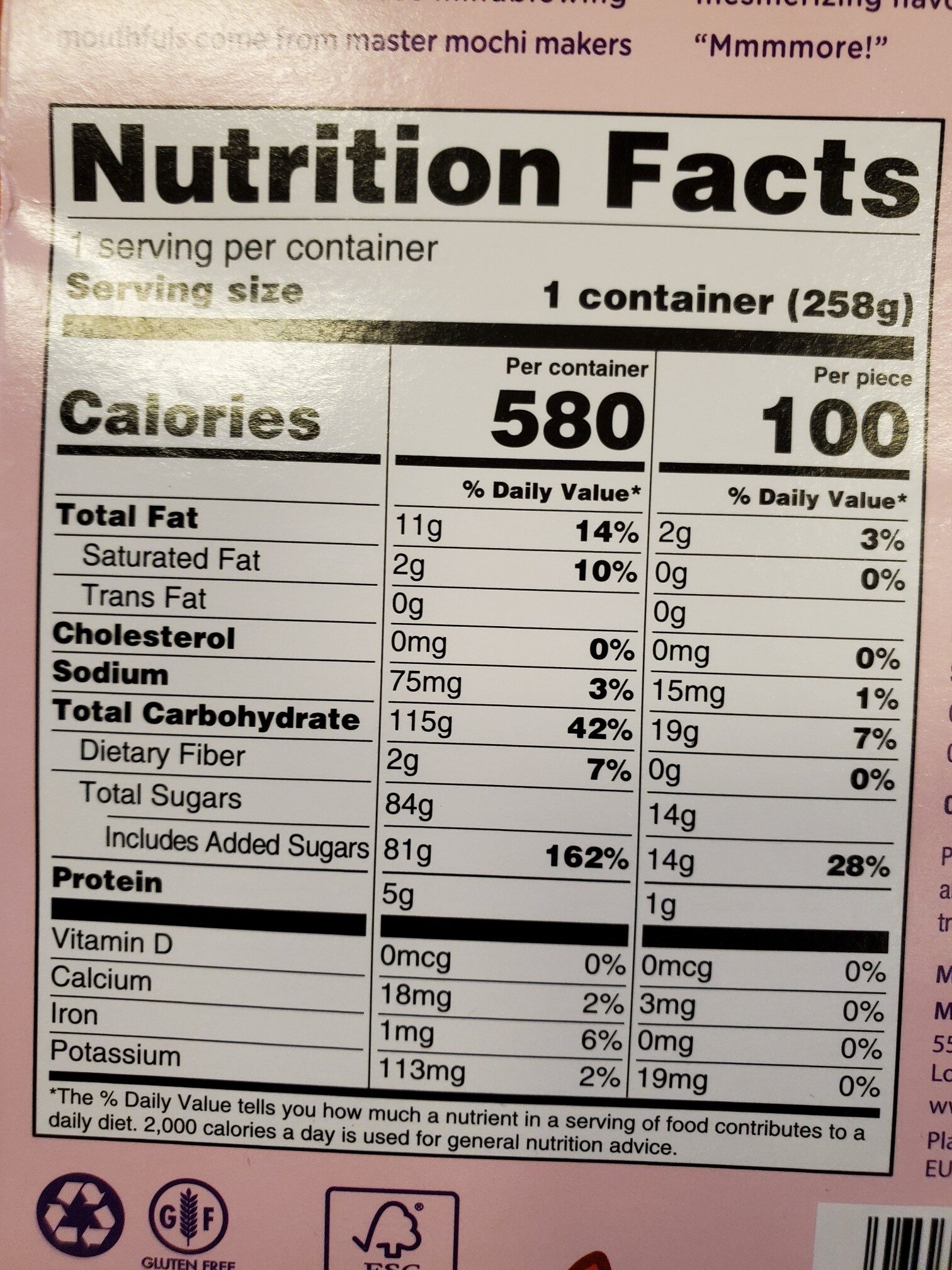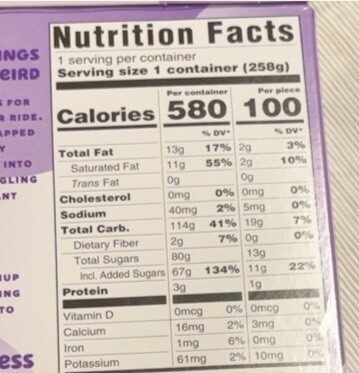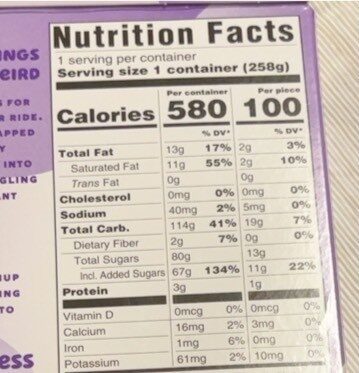Mochi Oat Milk Frozen Dessert - My/Mochi
This product page is not complete. You can help to complete it by editing it and adding more data from the photos we have, or by taking more photos using the app for Android or iPhone/iPad. Thank you!
×
Barcode: 0070934996458 (EAN / EAN-13) 070934996458 (UPC / UPC-A)
Common name: Frozen dessert
Brands: My/Mochi
Brand owner: MY/MO
Categories: Desserts, Frozen foods, Frozen desserts
Labels, certifications, awards: Vegetarian, Vegan
Countries where sold: United States
Matching with your preferences
Environment
Packaging
Transportation
Report a problem
Data sources
Product added on by openfoodfacts-contributors
Last edit of product page on by roboto-app.
Product page also edited by ecoscore-impact-estimator, kiliweb, org-database-usda, thaialagata, yuka.sY2b0xO6T85zoF3NwEKvlhYWS-PsmQvCZjnTiHWA9M-Ad5m2RtdC_5LzGqs, yuka.sY2b0xO6T85zoF3NwEKvlhdoCuXmjC3kJyzmgxSK-YmsP6bpSPxw0NHiEKs, yuka.sY2b0xO6T85zoF3NwEKvlmweWOWD-A7NNBXtvnLa4OrRL4CxfPFS_9L5Mqs.











